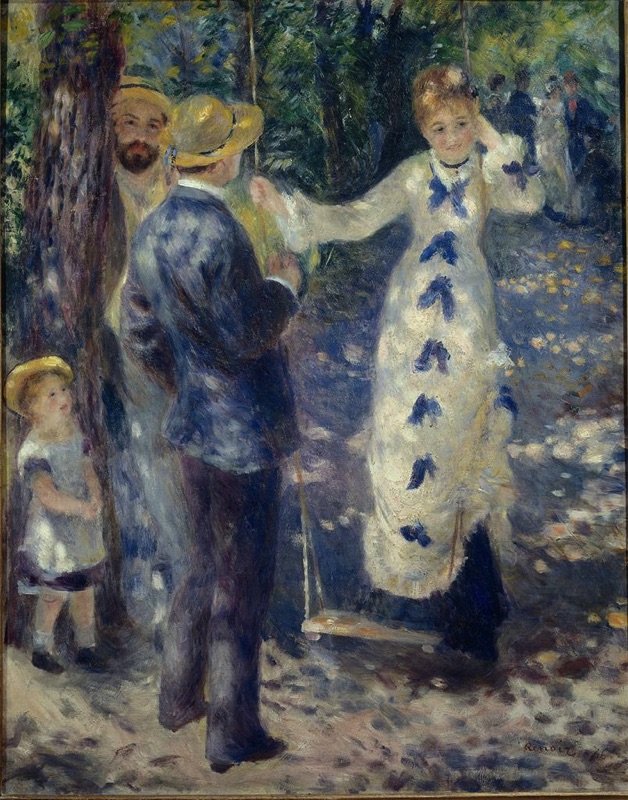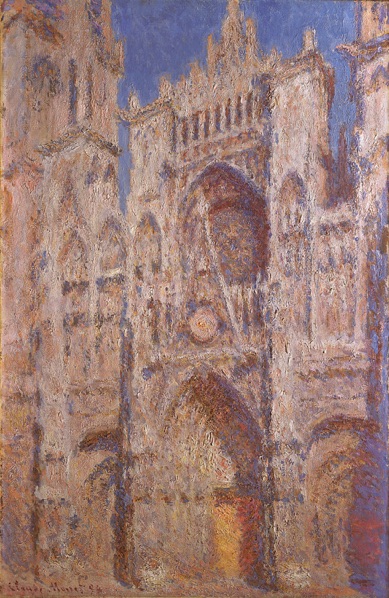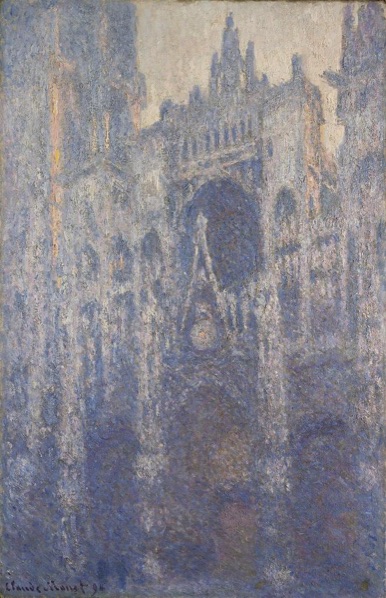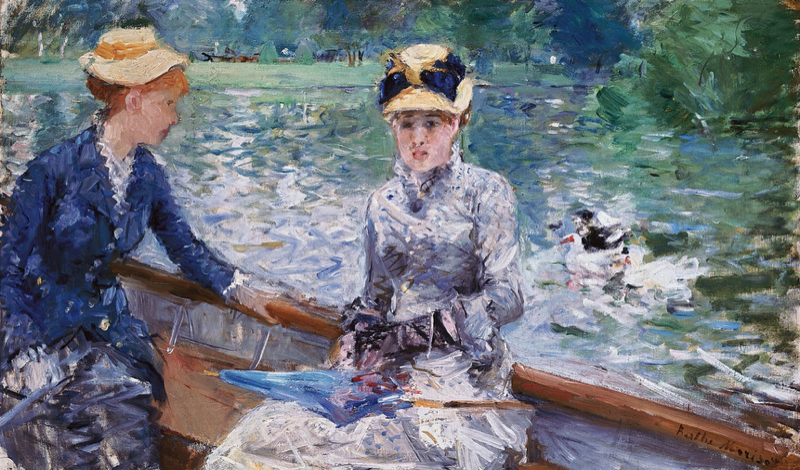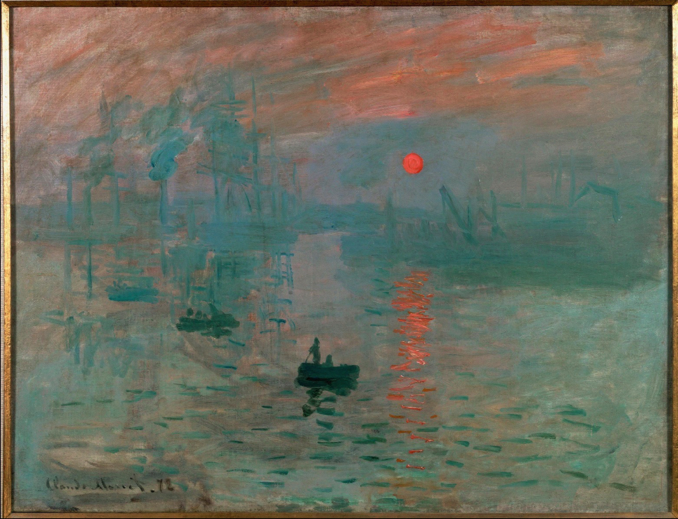Impressionism and light
pre-class prep: read Chu pp. 389-409 and 419-25 concentrating on issues of form/style/technique (PDF)
read four critics' views of Impressionism (PDF)
read this handy primer on color theory
read Smarthistory essay Impressionist color
read Smarthistory essay Impressionist pictorial space
discussion questions: Those named for the questions below should come prepared to present a short (3-5 minute) response to that question.
1. (Rachel M) What was unusual about the Impressionists' use of color (compared to the Regional Naturalists, for example)? Use select quotes from Duret, Duranty, and/or Laforgue and two Impressionist works of your own choosing that are not discussed in the readings above to explain especially the concept of 'perceived color' versus 'local color'. Email your choices of works (artist, title, date, along with a jpeg) by noon on Thursday April 11th so that I can project them while you analyze the works' innovative use of color.
2. (Rachel J) What was unusual about the Impressionists compositions and depiction of space (compared to Neoclassicism, for example)? Use select quotes from the Duranty reading and two Impressionist works of your own choosing that are not discussed in the readings above to explain. Email me your choices of works (artist, title, date, along with a jpeg) by noon on Thursday April 11th so I can project them while you analyze the works' unusual compositions and depiction of space.
people, terms, and concepts: plein air, alla prima, and the following color terms: hue, value, saturation (also known as chroma); primary, secondary, and tertiary colors; complementary colors; local color vs. perceived color
key points:
• What did early critics object to about the Impressionist style? In other words, how did Impressionism differ from the traditional Academic naturalistic style, especially in terms of color use, brushwork, composition, and perspective?
• What is the difference between 'local color' and 'perceived color'? Why did the Impressionists and sympathetic critics argue that the use of perceived color was actually more accurate to our visual experience than the use of exclusively local color?
• Why did the Impressionists use painterly brushwork? How does this relate to their tendency to paint en plein air and alla prima?
• Why did some Impressionists tend to design their works in unusual ways, with asymmetric compositions, odd cropping, and a lack of systematic perspective? Why did they argue that this unusual treatment of composition and space was actually more accurate to our visual experience than the spatial constructions and compositions typically found in Academic works?
• How can the Impressionist style be understood as 'modern,' that is, discarding traditional conventions of representation and creating a new style based in close observation, bolstered by new scientific understandings of light and vision and new technologies?
Renoir, The Swing, Impressionism, 1876
Monet, Impression: Sunrise, Impressionism, 1872
Monet, Rouen Cathedral, morning light, Impressionism, 1894
Morisot, Summer's Day, Impressionism, 1879
Monet, Rouen Cathedral, the portal in sun, Impressionism, 1894
